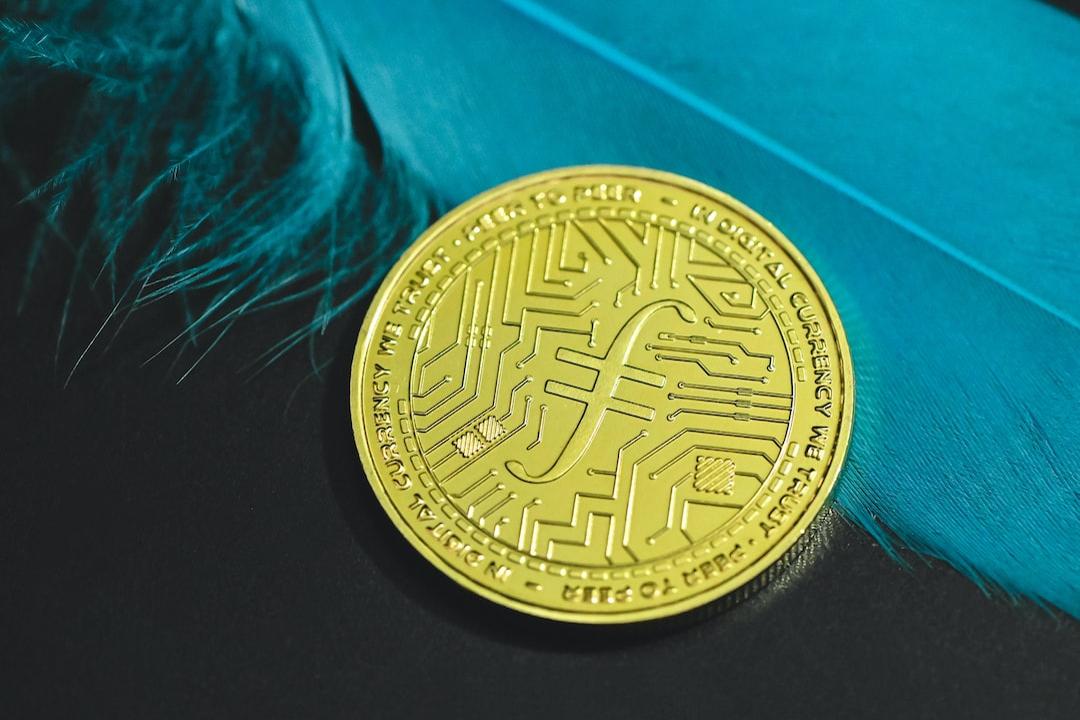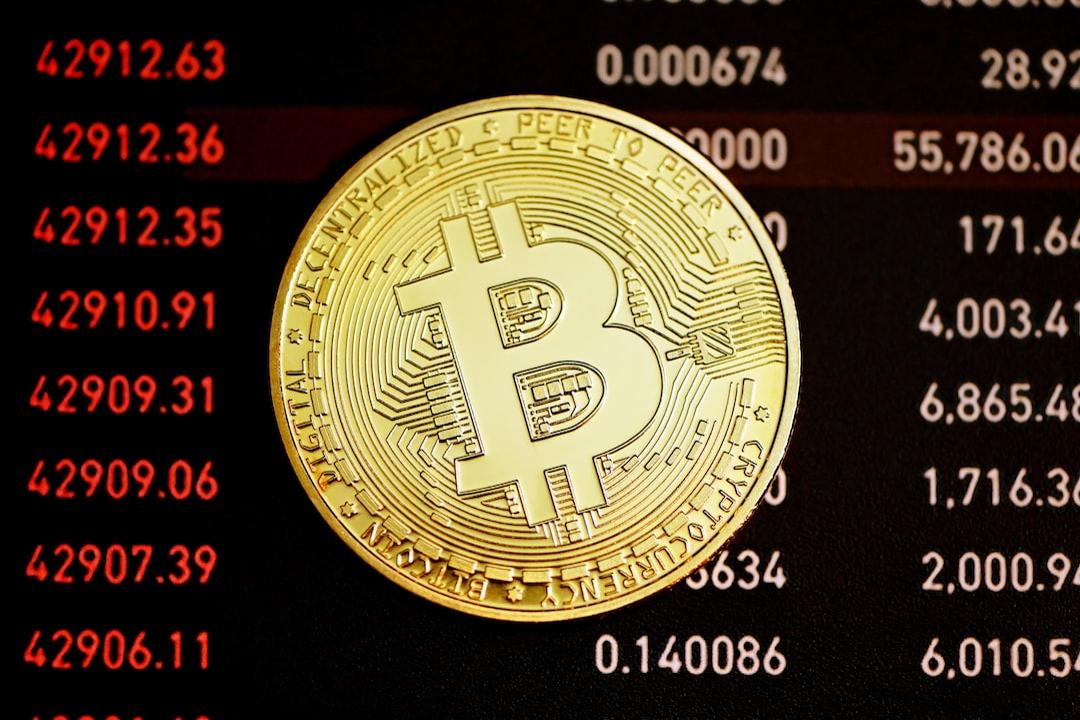Bitcoin Self-Custody is Full of Complexity and Risks Ordinary People Cannot Handle
The author calls for the development of more intuitive and secure solutions to achieve true decentralization. This article originates from a piece written by Bitcoin Magazine, compiled and translated by the Dong District.
Background Summary:
(Background Summary: U.S. Policy Nuclear Proposal: Suggesting Trump Use Tariffs from Other Countries to “Increase Bitcoin Holdings” to Ensure the Greatness of the USA)
Anyone can do it by simply writing down 12 words. This is perhaps the most frequently heard statement when discussing the practice of Bitcoin self-custody.
Just writing down some words is very simple; anyone can do it, right? All the criticism and reasons people give for not self-custodying are merely fear, uncertainty, and doubt (FUD). All of this FUD can be dispelled with that one sentence, right? Just withdraw your tokens from Coinbase!
Wrong.
This erroneous framework and line of reasoning is no different from the claim that “shooting is just about aiming and pulling the trigger, anyone can do it.” Safely handling a firearm is far more complicated than merely aiming and pulling the trigger. First, you need to truly understand what a gun is and the potential consequences of using it. Those irreversible consequences.
A gun is not a toy; it is a tool that can kill. If people do not truly recognize this, they may handle firearms carelessly, and once harm is done to others due to negligence, there is no reset button.
Time cannot be reversed, and the dead cannot be brought back to life. Just as Bitcoin transactions cannot be undone.
Writing down 12 words does not solve all problems. First, users must truly “understand” what those 12 words mean. They must deeply realize that those 12 words “are their money.” To protect their Bitcoin, these words “must” be kept secret and secure. Simply writing down those 12 words does not equate to having that awareness.
Next, they need to physically protect the backup of those 12 words, ensuring its confidentiality.
Preconditions Before Self-Custodying Bitcoin
Can they really store their mnemonic phrase safely anywhere? Do they have a safe? Do they live with others? Should they consider their spouse or children? Does living with them mean that others could enter their residence? Are they trustworthy?
What about scammers, hackers, and social engineers? Are users vigilant enough to discern when they are interacting with such individuals? Do they understand the boundaries malicious actors may cross to obtain their private keys? Do they know how to verify software downloaded from outside the App Store? Do they even have the observational skills to notice signs of fraud and malice in software within the App Store?
What about long-term compatibility? Is there any non-standard design in a specific device or software? Strange derivation paths? Customized backup plans? Do users understand these issues and can they cope, or will they ultimately be forced to trust a third party, which may defraud them, to handle their funds due to incompatibility with modern solutions in ten years?
And this does not even mention hardware devices. Can the average person verify the integrity of a device? No, let’s take a step back. Can most people even assess the architecture of a hardware device and the reputation of the manufacturing company?
I am not saying this to scare people away from self-custody, nor am I doing it out of defeatism. It is a realistic reminder. “In the long run, Bitcoin requires people to self-custody their funds and use them directly to maintain decentralization.” If this is a frightening, dangerous, and unfamiliar experience, people will not do it.
The reasoning is simple. Continually telling people not to mess up will not magically make them stop messing up. Continually telling people not to be afraid and anxious will not magically make them stop feeling fear and anxiety. Pretending that the technological traps that are trivial to you and me do not exist will not make them disappear for ordinary people.
Bitcoin Multi-Signature
We have many tools to address these issues. Multi-signature solutions allow for key rotation and can potentially provide assistance in correcting mistakes. Schnorr multi-signature schemes further optimize this, reducing additional complexity for users. Both types of multi-signature scripts can benefit from other improvements to create privacy.
Extended reading: How to Use Bitcoin Multi-signature Wallets? A Compilation of 10 Tips for Beginners.
The design of user interfaces can play a significant role in combating scammers. The architecture used by different wallets or devices can completely eliminate attack surfaces, or make them irrelevant if attacks are limited to a single device or software.
Even today, over a decade after I first used a Bitcoin multi-signature wallet, using multiple independent software to create a multi-signature wallet “still” remains unintuitive, troublesome, and at times even impossible.
If we want people to self-custody on a large scale (which is necessary for maintaining true decentralization of Bitcoin itself), these issues need to be resolved. Things need to become truly intuitive. Solutions need to be genuinely compatible across vendors and software. Users actually need some assistance similar to what they are accustomed to with fiat currency services.
If these things do not change, if they are not built and refined, if compatibility does not improve, then people will not self-custody their funds.
These matters need to be experimented with, tested, and perfected, ultimately catering to the actual needs of ordinary people, allowing them to feel not only safe during self-custody but also truly secure.
If they feel unsafe, people will not do it.

Related Reports
Publicly listed medical company KindlyMD completes $200 million convertible bond: Intended to increase Bitcoin holdings, stock price falls instead of rising.
Surpassing $100,000 for over a hundred days yet ignored; why are retail investors absent from this Bitcoin bull market?
MicroStrategy has issued $6 billion in perpetual preferred stock to fund large Bitcoin purchases.

